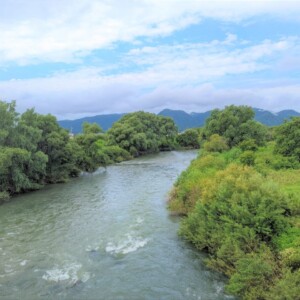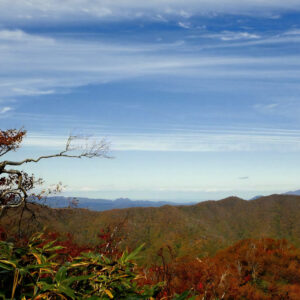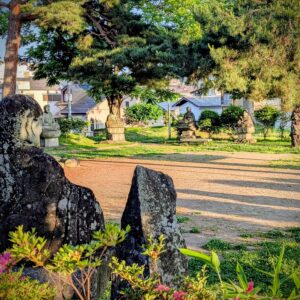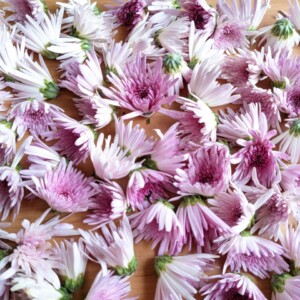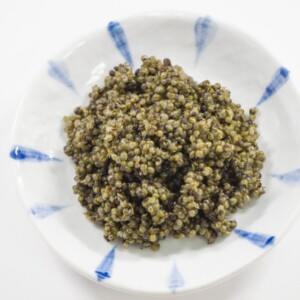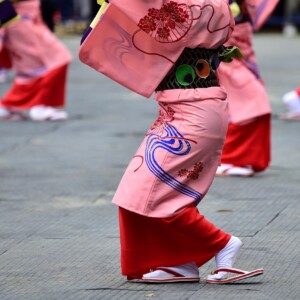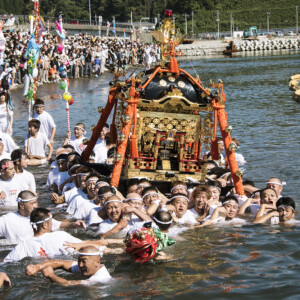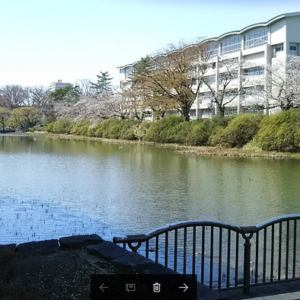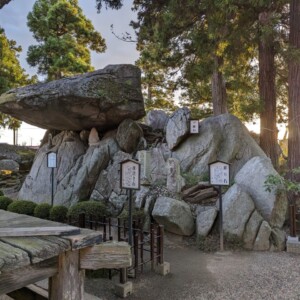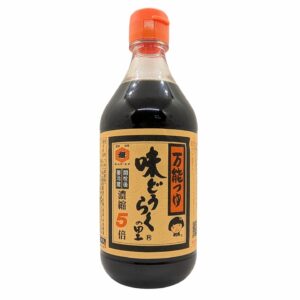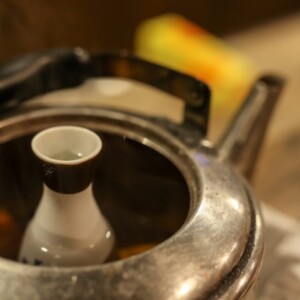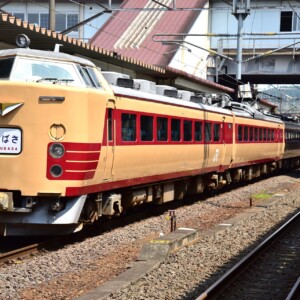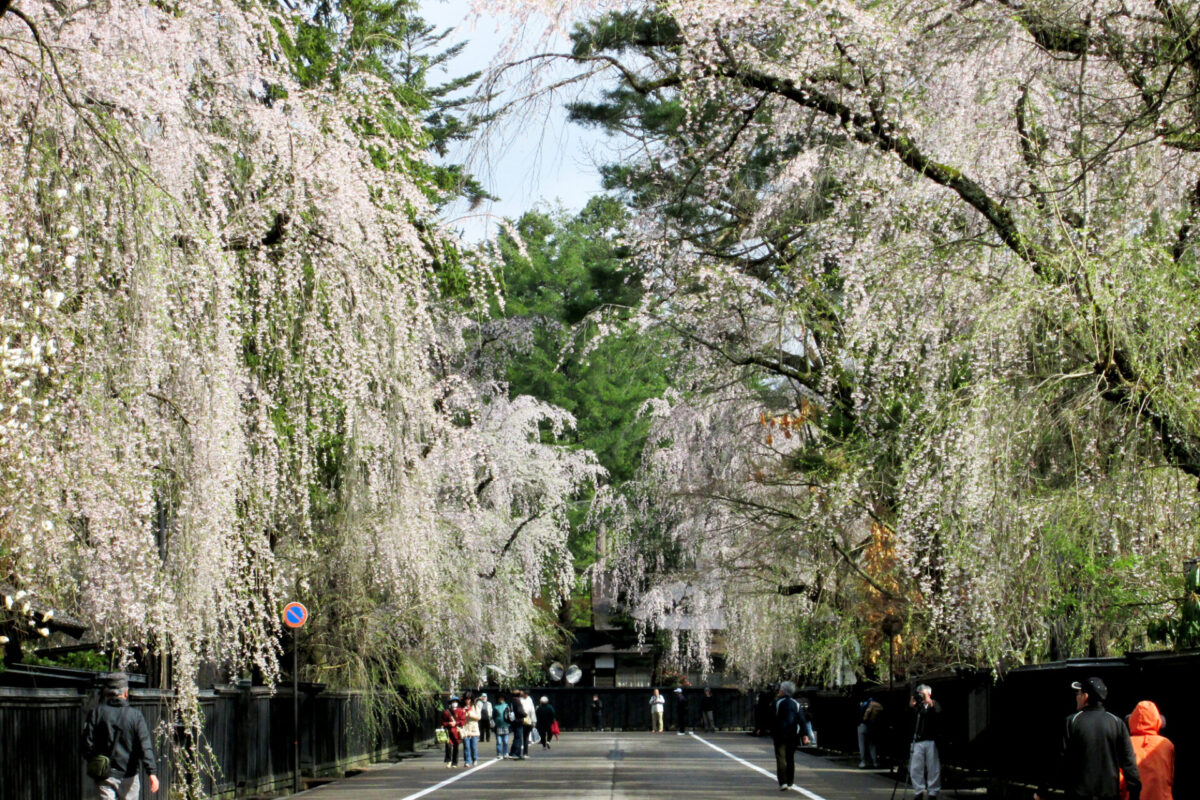
The Tozawa clan, which first owned the Senboku Kakunodate, rose to the lord of the Shinjo domain, and was the winner of the daimyo [Senboku City highlights 1]
table of contents
- 1 Kakunodate is the second largest tourist in Akita Prefecture. The most popular tourists visit in Akita Prefecture during the cherry blossom season
- 2 Tozawa, who came from Iwate Prefecture across the Ou Mountains
- 3 Tozawa was from the Heike clan and established himself on his side with Genji.
- 4 The Tozawa clan's first residence, Monya Castle, and Furuhota Castle, the defensive base, were destroyed during the Sengoku period.
- 5 Tozawa always sided with the winner and never knew he would lose.
- 6 Tozawa Sasara, a place that was left behind by Tozawa, sets it apart from other sasara dances.
- 7 The "Sasara Dance" in Senboku uses instruments that are not found in the "Sasara Dance" tradition in Satake.
- 8 Even before Satake came to Akita, Senboku had its own unique dance.
- 9 In Iwate Prefecture, where Tozawa was born, there is a dance using "Binzasara."
Senbokushi, Akita Prefecture new in 2005 when three towns and villages merged: , formerly Kakunodate Town , and former Nishiki Village, Senboku District
Located in the eastern center of Akita Prefecture, the central part of the area is Lake Tazawa, the deepest in Japan, and Kakunodate, popular for its samurai residences, in the south. To the east of Lake Tazawa is home to one of Japan's most secret hot springs, such as Nikuto Onsen and Tamagawa Onsen, and the west side (formerly Nishikimura) is an area where many mines were developed during the Edo period.
It is also an area where many folk entertainment and events remain, such as the "Sasara Dance" and the fantastic "Paper Balloon Raising."
Kakunodate is the second largest tourist in Akita Prefecture. The most popular tourists visit in Akita Prefecture during the cherry blossom season
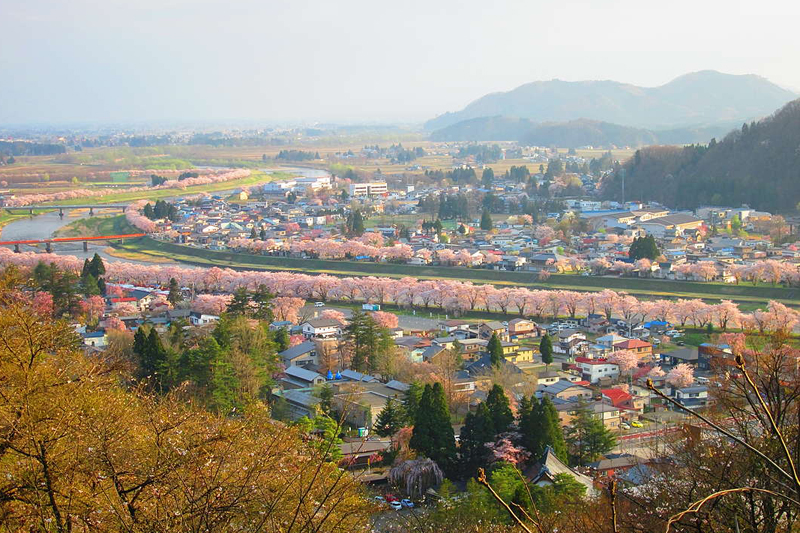
Senboku County still remains the county to which Misatocho belongs, but with the exception of Misatocho, the southernmost part, the central part is Daisen City , and the northern part is Senboku City
It is said that there were over 180 towns and villages in the area that became Daisen and Senboku City during the Edo period, but since the Meiji period, villages were merged repeatedly, and in the end Tazawako Town, Kakunodate Town, and Nishiki Village became Senboku City, while the rest of the town became Daisen City.
Kakunodate is home to stations for the Akita Shinkansen, JR Tazawako Line, and Akita Inland Sea Train Railway, and is the gateway to Senboku City.
The number of tourists visiting Senboku City is second only to Akita City (Akita City total annually total of 7.46 million / Senboku City about 4.76 million), and the number of tourists attracted as an event is the Kakunodate Cherry Blossom Festival (approximately 1.4 million) surpassing Akita City's Akita Kanto Festival (approximately 1.3 million) (data is based on the Akita Prefecture Tourism Statistics of 2019. It is not covered in 2020-2024 as the number of tourists fell sharply due to the impact of the new coronavirus).
Tozawa, who came from Iwate Prefecture across the Ou Mountains
The excavated ruins show that people have been inhabited in the Senboku region since ancient times, mainly around Lake Tazawa. Later, during the Asuka period (late 6th to 7th century), the Yamato Imperial Court in Nara began to enter the Tohoku region, which was called Emishi, and places names in the Senboku region are visible in history books and other places.
During the Heian period, it is believed that the Kiyohara clan (Kiyohara Uji/Kiyohara Shi), known for his role in the 9th year of the 2nd year (Zenkunen no Eki/The Battle of the 9th year of the 2nd year of the 2nd year of the 2nd year of the 2nd year of the 2nd year of the 2nd year of the 2nd year of the 2nd year of the 2nd year of the 2nd year of the 2nd year of the 2nd year of the 2nd year of the 2nd year of the 2nd year of the 2nd year of the 2nd year of the 2nd year of the 2nd year of the 2nd year of the 2nd year of the 2nd year of the 2nd year of the 2nd year of the 2nd year of the 2nd year of the 2nd year of the 2nd year of the 2nd year of the 2nd year of the 2nd year of the 2nd year of the 2nd year of the 2nd year of the 2nd year of the 2nd year of the 2nd year of the 2nd year of the 2nd year of the 2nd year of the 2nd year of the 2nd year of the 2nd year of the 2nd year of the 2nd year of the 2nd year of the 2nd year of the 2nd year of the 2nd year of the 2nd year of the 2nd year of the 2nd year of the 2nd year of the 2nd year of the 2nd year of the 2nd year of the 2nd year of the 2nd year of the 2nd year of the 2nd year of the 2nd year of the 2nd year of the 2nd year of the 2nd year of the 2nd year of the 2nd year of the 2nd year of the 2nd year of the 2nd year of the 2nd year of the 2nd year of the 2nd year of the 2nd year of the 2nd year of the 2nd year
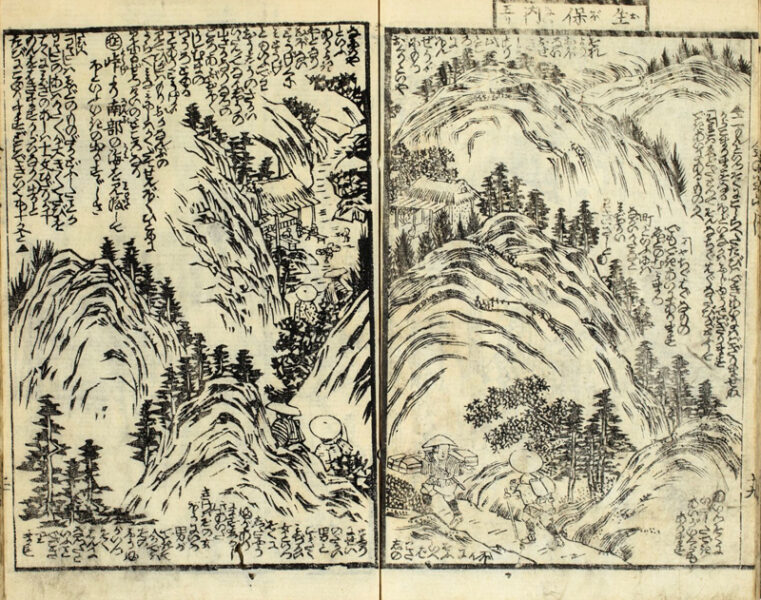
In 1228 during the Kamakura period, the Tozawa clan (Tozawashi), a powerful clan from Shizukuishi Tozawa (Shizukuishi/Furukan, Shizukuishi-cho, Iwate Prefecture) in Mutsu Province (Iwate Prefecture, etc.) entered the Ou Mountains and built a castle in the Kadoya (Kadoya/Nishikicho Monya) in Senboku City (Senboku City). According to one theory, the Tozawa clan was chased by the powerful Nanbu clan, a powerful clan in Mutsu Province, and came to the gatekeeper with their lives.
Tozawa was from the Heike clan and established himself on his side with Genji.
the Tairashi clan , which had become stronger in the capital during the late Heian period , and the father of the first Tozawa clan, Himori (born and death unknown), was of the birth and death of the family, and was of the cousin of the Heike clan general, Taira Masakado (unknown from 903 to 940).
However, his father Michimasa (born and dead unknown) is killed by Masakado, and Hirumori cooperates with Minamoto no Yoritomo (1147-1199) to eradicate the Heike, the enemy of his father. As a reward, he was given the territory of Shikiishi Tozawa and called himself the Tozawa clan.
For a while, the Tozawa clan ruled the land of Senboku with Monya Castle. In 1423, the 13th head of the family, Iemori (Iemori/Unknown Life and Death) moved Kakunodate Castle (Roots of Furushiroyama Castle/Furushiroyama Park/Furushiroyama, Kakunodate-cho, Senboku City), which had previously been ruled by small local powerful clans, and spent the Sengoku period.
The Tozawa clan's first residence, Monya Castle, and Furuhota Castle, the defensive base, were destroyed during the Sengoku period.

is said to have been built by Tozawa Kanemori in 1228 For about 200 years after that, it served as the main castle for the Tozawa clan.
After the Tozawa clan moved its base to Kakunodate Castle, the Tozawa clan retained the castle, but it was destroyed in the late Sengoku period.
Furuhota Castle was also a castle that was considered an important base for the Tozawa clan's northern defenses, and although relatives and retainers near the Tozawa clan served as castle lords, it was also destroyed in the late Sengoku period along with Kadoya Castle.
Kadoya Castle Ruins and Furuhota Castle Ruins Information
- Facility name: Monya Castle Ruins
- Cultural property designation: Akita Prefecture designated historical site
- Location: 212 Oyamadazawaguchi, Nishikicho, Senboku City, Akita Prefecture
- Facility name: Furuhotta Castle Ruins
- Cultural property designation: Akita Prefecture designated historical site
- Location: Furuhotta, Kamiarai, Nishikicho, Senboku City
- Contact: Senboku City Tourism and Culture and Sports Department Cultural Properties Protection Office
- Phone number: 0187-43-3384
- access:
- Public Transportation/Transfer to Akita Shinkansen and JR Tazawako Line Kakunodate Station for about 10 minutes by Akita Uchiriku Longitudinal Railway, get off at Saimyoji Station for about 25 minutes on foot
- Car/Approximately 45 minutes via National Route 46 from Kyowa IC on the Akita Expressway, or approximately 50 minutes from Omagari IC.
Google Map (Konya Castle Ruins)
Google Map ( Furuhota Castle Ruins )
Tozawa always sided with the winner and never knew he would lose.
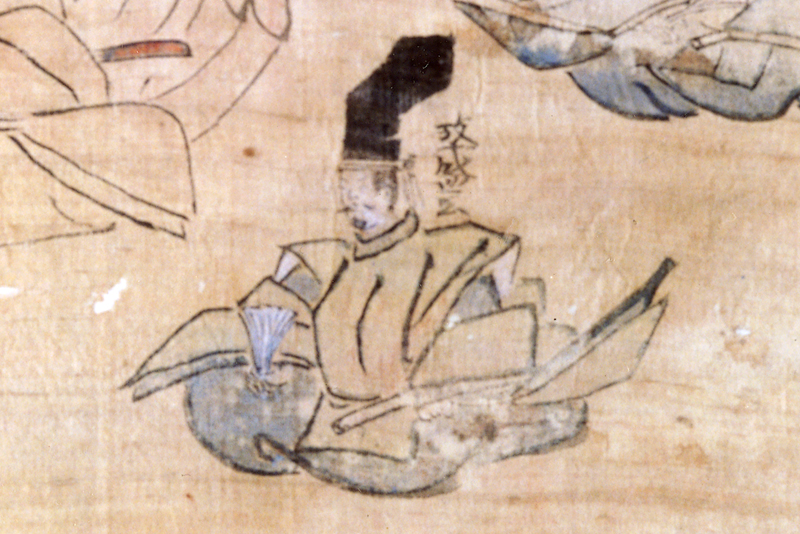
After Iemori entered Kakunodate, the Tozawa clan gradually expanded their power.
When they first moved to Kakunodate, it was during the Muromachi Shogunate (1336-1573), when the Ashikaga clan During this period, the Tozawa clan worked as a retainer of the Ashikaga clan and the Oda clan, and in 1590 he joined the Odawara attack, where Hideyoshi sent troops to Odawara to defeat the remnants of the Hojo clan, and when the war situation changed, he was always on his side in the Battle of Sekigahara in 1600, taking on the Tokugawa side at the Battle of Sekigahara.
Masamori (1585-1648), the 21st family leader who achieved results at the Battle of Sekigahara, was upgraded from Tokugawa Ieyasu to a daimyo (Tozama) to a daimyo (fudaidaimyo), which was closer to the shogunate, in 1602, to become the first lord of the Matsuoka Domain in Hitachi Province In 1622, he was assigned to the great Shinjo Domain (Yamagata Prefecture), and the Tozawa clan served as the lord of the Shinjo Domain, 60,000 koku until the Meiji Restoration.
Tozawa Sasara, a that was left behind by Tozawa , sets it apart from other sasara dances.

The Sasara Dance is a folk art that has been passed down in Akita Prefecture, along with the Lion Dance which is thought to be the prototype The main feature of the <Sasara Dance> and <Lion Dance> is the " Three Lions ", that is, the dances made by three dancers wearing lion masks. It is said that most of the origins were when the Satake clan, who was the lord of Kubota Domain, moved from Hitachi Province to Akita from the previous control region of Hitachi Province, where the vassals danced in front of the lord, spread among the people to the people in order to help the lord feel relaxed, in order to comfort him.
However, among the many sasara dances and lion dances that remain in the area north of the center of the prefecture, only the sasara dances that are passed down in the Senboku city area are clearly different from those in other regions.
The "Sasara Dance" in Senboku uses instruments that are not found in the "Sasara Dance" tradition in Satake.
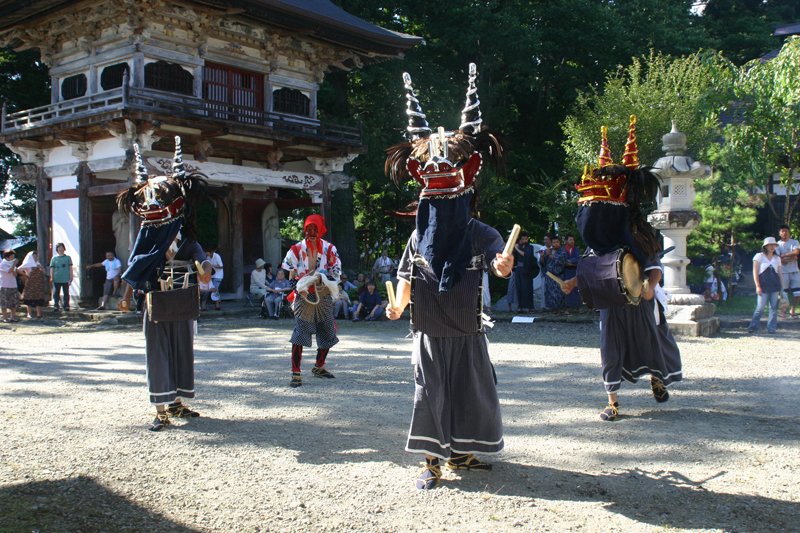
The sasara dances that are passed down in Senboku City include Tozawa Sasara (Kamihinokiuchi, Nishikicho), Oyamada Sasara (Koyamada, Nishikicho), Shiraiwa Sasara (Shiraiwa, Kakunodatecho), Hirohisanai (Hirohisara, Kakunodatecho), Donoguchi Sasara (Shiraiwa Donoguchi, Kakunodatecho), and Umezawa Sasara (Umezawa, Tazawako-cho), but all of them are three lion dances.
What is clearly different from the <Sasara Dance> in other regions is that the procession of lions heading to places where sasara is performed (such as shrines), and the dancers use instruments called Binzasara
Strangely enough, this [Binzasara] is not used at all in the Sasara Dance or Lion Dance in other regions. Furthermore, there is no evidence that "Binzasara" was used in the "Sasara Dance" that has been passed down in the Hitachi Province, where the original Satake retainer danced.
Even before Satake came to Akita, Senboku had its own unique dance.
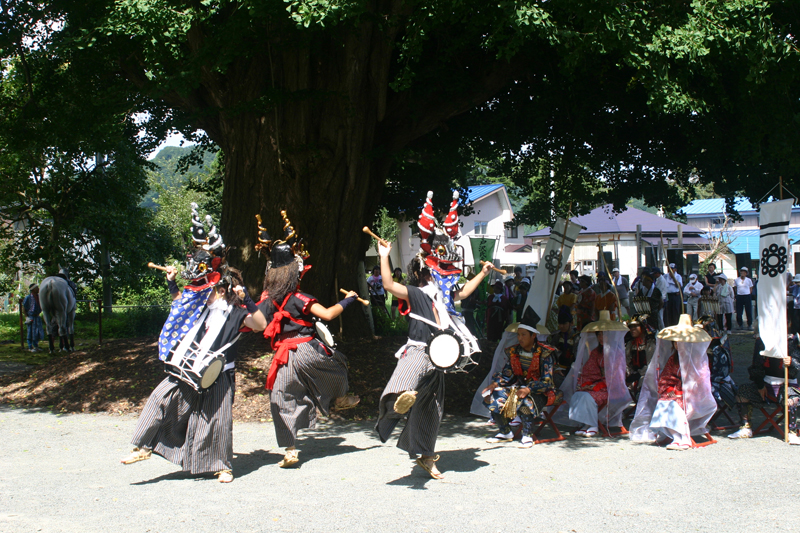
This anecdote remains in Koyamada Sasara, which is passed down in Kamihinokiuchi (Oyamada, Nishikicho), where the Tozawa clan's castle was located.
"Iemori decides to move to Kakunodate. The vassals are surprised, but everyone is convinced by Iemori's determination. (Omitted). Iemori decided to teach the lion dance, which is passed down to his retainers, to the people of his territory. On the day of departure, the people of the territory will perform the dance in front of Iemori.
Source: Senboku City's official website "On a hill where you can see cherry blossoms - A story about 800 years of Tozawa's history"
So, it is not clear whether this dance is the same as the modern-day "Oyamada Sasara," but it shows that before Satake introduced the "Sasara Dance" to Akita Prefecture, there was some kind of dance in Senboku.
In Iwate Prefecture, where Tozawa was born, there is a dance using "Binzasara."
Meanwhile, when Tozawa was living in Shizukuishi, there was a unique dance called Nembutsu Sword Dance
It is said that its origins were around the time of the previous nine years, during the late Heian period, and it appears to have been danced to bring the ghosts of soldiers who lost their lives in battle to pass on Buddhahood. Part of this <Nenbutsu Sword Dance> uses "Binzasara".
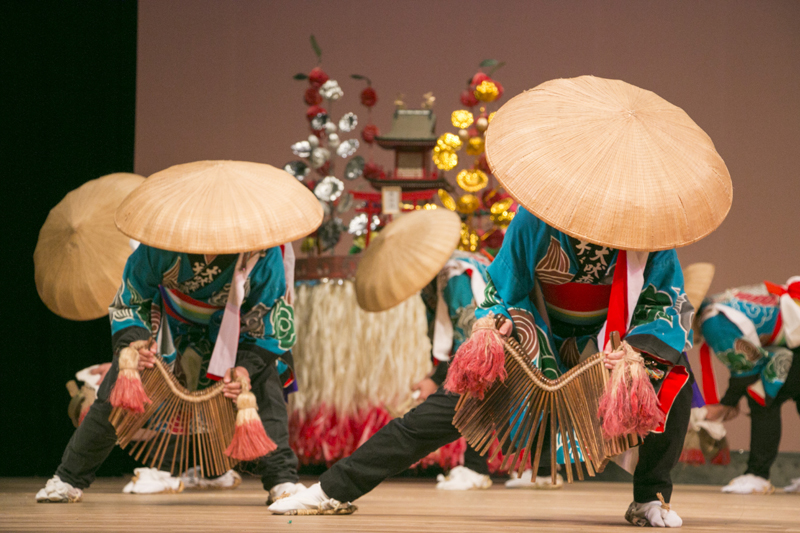
However, there are many differences, such as the way the dancers holding the sasara dance is different, and the fact that Tozawa's hometown of Shizukuishi has not been passed down on the Nembutsu sword dance, and it seems that researchers have divided opinions on why Sasara is used in Senboku's "Sasara dance."
Sasara dance with Tozawa-san Information
- "Tozawa Sasara" (Kamihikiuchi, Nishikicho/Akita Prefecture designated intangible folk cultural property)
- "Oyamada Sasara" (Oyamada, Nishikicho/Intangible Folk Cultural Property designated inboku City)
- "Shiraiwa Sasara" (Shiraiwa, Kakunodatecho/Intangible Folk Cultural Property designated as Akita Prefecture/)
- "Hirohisara" (Hirohisara, Kakunodatecho/Intangible Folk Cultural Property designated intangible folk cultural property)
- "Donoguchi Sasara" (Shiraiwadonoguchi, Kakunodatecho/Intangible Folk Cultural Property designated intangible folk cultural property)
- "Umezawa Sasara" (Umezawa, Tazawako-cho, Umezawa/Intangible Folk Cultural Property designated inboku City)
- Please contact us for the date, location, etc.
- Contact: Senboku City Tourism and Culture and Sports Department Cultural Properties Protection Office
- Phone number: 0187-43-3384
- The history and traditional events of Kakunodate are introduced in [Senboku City's highlights 2].
- Akita Prefecture's "Sasara Dance" is explained in detail in Akita's Sasara Dance


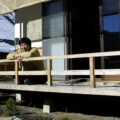



![It's so big that the main castle is hazy and you can't see! Yamagata Castle, known as Kasumi Castle [Yamagata Prefecture] Yamagata Castle's main castle, Ichimonji gate](https://jp.neft.asia/wp-content/uploads/2023/08/3261071_m-150x150.jpg)
![[Semboku City, Akita Prefecture] Dakigaeri Valley is a scenic spot representing Akita! You can feel safe on the promenade that you can pass without having to hug me back! 48af500dbc6248eadb523c2b7de74105 m](https://jp.neft.asia/wp-content/uploads/2017/09/48af500dbc6248eadb523c2b7de74105_m-150x150.png)
![Kurihara City [Miyagi Prefecture] was home to people living in the fertile land since ancient times, and was the territory of the Sendai Domain during the Edo period. Migratory birds in Izuuma](https://jp.neft.asia/wp-content/uploads/2024/01/0545e7071e306762dbec72a23a7d0251-150x150.webp)
![Yurihonjo City, where Honjo, Kameda and Yajima domains were intersected between the Kubota and Shonai domains [Akita Prefecture] FF2C8AAA4350E7E179F97F97B38B3A2302F-1](https://jp.neft.asia/wp-content/uploads/2024/04/ff2c8aaa4350e7e179f97f38b3a2302f-1-150x150.jpg)
![[Akita Prefecture] Part 2 of Akita Roadside Station Soft Cream! 4 Popular Soft Creams in the Prefecture's Inland Rice-Growing Region! Akita 2 Catch](https://jp.neft.asia/wp-content/uploads/2025/08/bf9fa170ebe4e828628e72952707b851-1-150x150.jpg)
![What is the legendary story of "The Legend of Princess Tatsuko" that is passed down on Lake Tazawa, the deepest lake in Japan? [Akita Prefecture] Legend of Princess Tatsuko of Lake Tazawa](https://jp.neft.asia/wp-content/uploads/2016/11/4187620_m-150x150.jpg)
![[Semboku City, Akita Prefecture] Honey from all over the world is gathered at “Mountain Honey Shop”! Find the best honey as you can sample all of them. honey](https://jp.neft.asia/wp-content/uploads/2018/03/e7516af34e8126328a3ea4b291697012_s-150x150.jpg)
